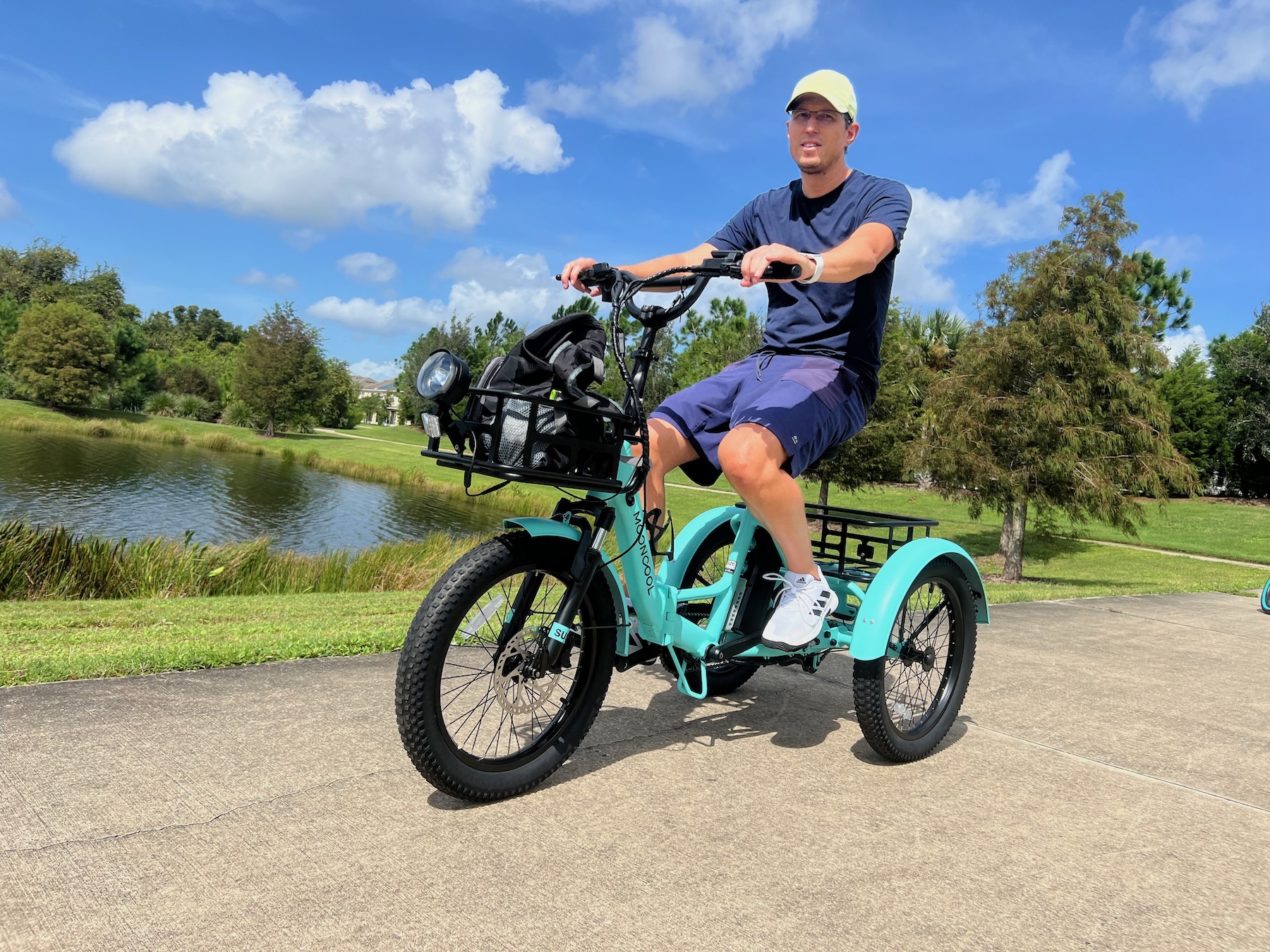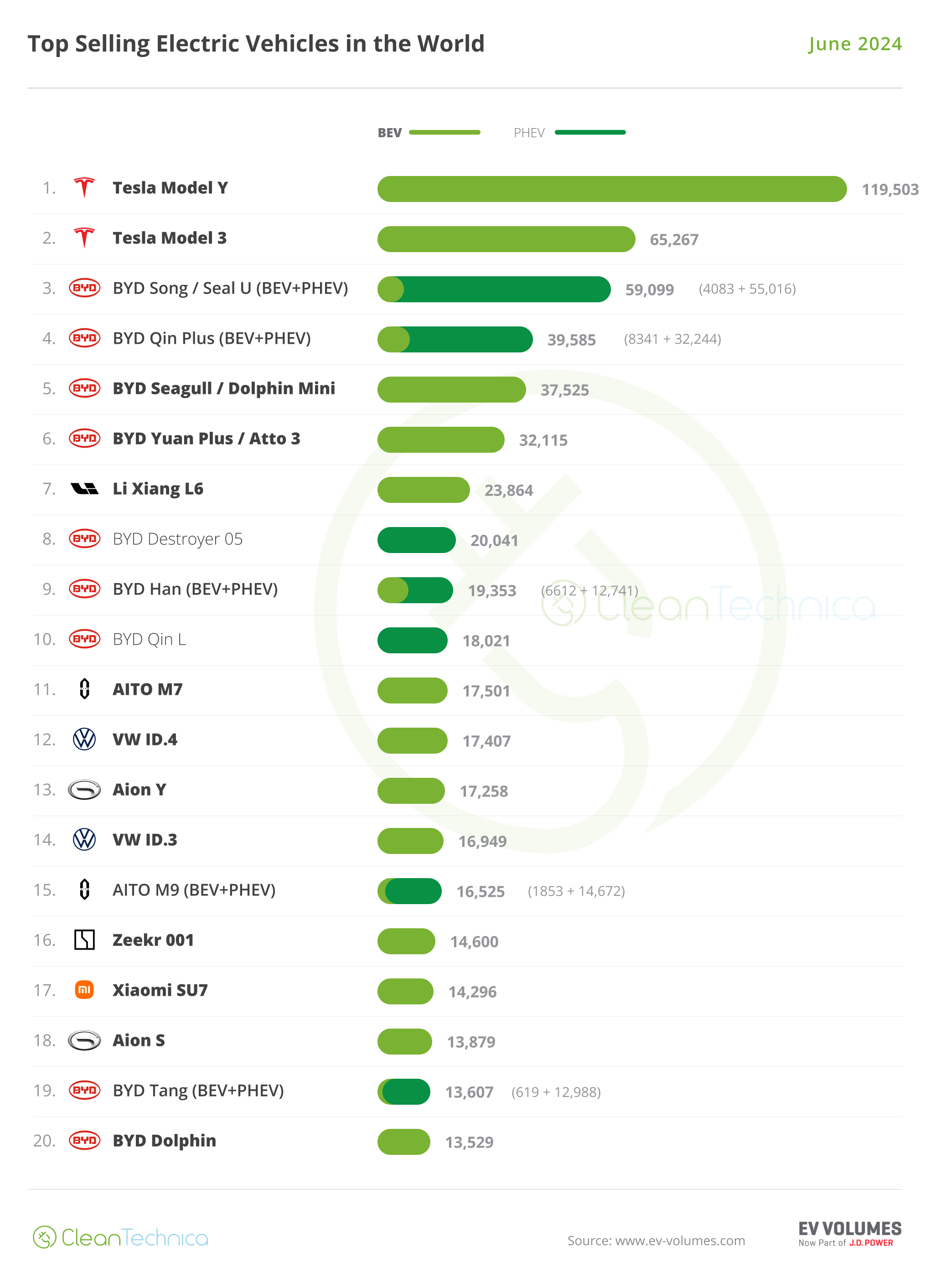Sign up for daily news updates from CleanTechnica on email. Or follow us on Google News!
The Maine coastal town of Searsport is a balance of tradition and tourists, of long winters and trusted neighbors. That dynamic shifted slightly in May, when the state applied for a $456 million federal grant to build a specially designed port on about 100 local acres to support an emerging floating offshore wind industry. Rather than pitting townspeople against a corporate polluter, as is often the case in these situations, this development would support clean energy and be integral to the state’s plan for cutting climate emissions.
Yet the proposed project on Sears Island has the community on edge. It has the potential to both transform the local economy and to compromise a local and beloved natural area.
Signs drawn by hand and attributed to the advocacy group Alliance for Sears Island read, “Wind power = Good? On Sears Island = Bad!”
 Chip in a few dollars a month to help support independent cleantech coverage that helps to accelerate the cleantech revolution!
Chip in a few dollars a month to help support independent cleantech coverage that helps to accelerate the cleantech revolution!
Why Maine Needs Wind Power
The state of Maine is experiencing serious climate trouble.
Maine has warmed twice as much as the rest of the contiguous 48 states and has already experienced 8 inches of sea level rise (SLR). Expectations for future SLR in Maine are 1.5 more feet by 2050 and 4 more feet by 2100. Several coastal Maine towns’ critical drinking and stormwater treatment facilities are situated in high flood risk locations, and replacing these facilities would run into millions of dollars. The Gulf of Maine is beginning to lose its subarctic characteristics. Ocean warming, acidification, and SLR are already affecting its ecosystems and coastal areas and will continue to accelerate as the climate warms. Commercial and noncommercial species like Maine lobster are shifting northward to follow their preferred environmental conditions.
Offshore wind energy offers Maine potential for renewable power to help meet its ambitious clean energy and climate change goals, to create long-term jobs and economic development, and to increase supply chain and port infrastructure investments.
The Maine Offshore Wind Initiative was launched in June 2019 by Governor Janet Mills, which aims to initiate thoughtful development of floating offshore wind energy in the Gulf of Maine while ensuring balance with the state’s maritime industries and ecosystems. In 2023, Maine’s first offshore wind procurement law was signed by Governor Mills.
An important component was the Maine Offshore Wind Roadmap for the state’s floating wind industry. To reduce reliance on fossil fuels and meet growing energy needs with new renewable energy, Maine — with modest limitations to the amount of onshore renewable energy available — will need 2.1 to 2.8 gigawatts of offshore wind by 2050. The law also allows for critical port development, creates opportunities for all Maine workers and businesses in the emerging industry, and protects critical lobster fishing areas from offshore wind development.
Federal regulators approved a state research array of floating turbines, which generate power in deep waters far offshore, and are nearing leasing for commercial projects. A new state law calls for Maine to procure three gigawatts of offshore wind by 2040, using union-standard labor to build the projects and a floating wind-focused port.
As reported by the Energy News Network, the likelihood of offshore wind in Searsport is creating numerous personal divides and challenging residents’ values around climate change, conservation, and economic factors. About two-thirds of the 941-acre island is in permanent conservation, and the state retains an easement on the rest, which has been reserved for a potential port for years. To reach the island, one transverses a long causeway from the mainland; the causeway reaches out into Penobscot Bay. From the end, you can see Sears Island, rich with trees and circled by sandy, seaweedy shores.
The Friends of Sears Island group explains that Sears Island is one of the largest undeveloped islands on the Eastern Seaboard of the US. To transform Sears Island into a hub for building and launching floating offshore wind turbines “would seriously damage the island’s ecological, recreational, and economic value.” The group counters that redeveloping Mack Point in Penobscot Bay, an industrial site for more than a century, is a feasible and “greener” option. It was considered as an alternative in lengthy public processes in recent years.
However, state port authority director Matthew Burns wrote in the Bangor Daily News in June that Mack Point’s “physical and logistical constraints, need for significant dredging, and increased costs to taxpayers for land leasing and port construction would result in an expensive and inferior port for Maine compared to a versatile, purpose-built port on Sears Island.”
Offshore Wind: Its Constituents & Controversies
Controversies around offshore wind aren’t new. Offshore wind developers are keenly aware of a confluence of factors that affect their goals. Many of the critical ethical dimensions of offshore wind reflect the way that wind turbine infrastructure challenges social and culture norms as discussions lead to pragmatics of deployment and governance. Once offshore wind societal disputes arise, polarized discourses can affect the viability of new offshore wind initiatives.
The goals for future offshore wind siting necessarily include detecting offshore regions with a desirable combination of good wind resources, favorable techno-economic parameters, social acceptance, low potential for environmental conflicts, and mild met-ocean conditions. Offshore wind planning must be sensitive to the actors within the siting equation, such as follows, each of whom may present polarized viewpoints in relation to project goals.
Citizens: Local influences on offshore wind perspectives are, to a large extent, driven by media coverage, which helps to shape public acceptance or rejection of renewable energy. Most offshore wind media coverage is local, with increased visibility during debates around permitting, construction, and community impacts. Such framing usually focuses on economic, political, and environmental dimensions of offshore wind, with both positive and negative framing offering persuasive arguments.
- Benefit frames focus on job creation, climate mitigation, and political leadership and collaboration. Climate activist Bill McKibben supports the wind port on Sears Island, writing in Mother Jones last year that solving climate change will require a new “yes in my backyard” mindset.
- Risk frames focus on political conflict and lack of transparency, impacts on wildlife, and economic impacts on the fishing industry.
Investors: The investor puts more emphasis on revenue and cost. The socio-economic benefits can be significant for local communities in terms of wind-farm related value creation and employment. New wind farms planning can accentuate a long-term socio-economic investment in a new national industry that’s important for national employment and tax income. Funding can focus on research to improve mooring technologies and methods, which are used to secure floating platforms to the sea floor.
Environmentalists: The environmentalist is naturally more focused on nature-based considerations but still emphasizes good revenue due to area-efficient wind power production. Most environmentalists support protections that arise from socio-natural perspectives . To avoid adverse impacts on the environment, they must anticipate negative events caused by natural forces and human activity.
In addition, ecologically valuable areas such as spawning grounds and bird nesting sites, as well as protected areas, pose limitations on the space available for offshore wind power. This means that the identification of potential areas for wind power applications requires consideration of numerous criteria to identify and reduce potential conflicts. For example, the Biden-Harris administration is advancing offshore wind in areas of the Gulf of Maine that pose a lower risk to endangered North Atlantic right whales.
Fishing industry members: The fisher weighs up the social acceptance, prioritizes the various fishing activities, and to some extent includes shipping activity. Offshore areas are already used for many purposes, like commercial fishing activity, shipping, and military activity.
Have a tip for CleanTechnica? Want to advertise? Want to suggest a guest for our CleanTech Talk podcast? Contact us here.
Latest CleanTechnica.TV Videos
CleanTechnica uses affiliate links. See our policy here.
CleanTechnica’s Comment Policy




